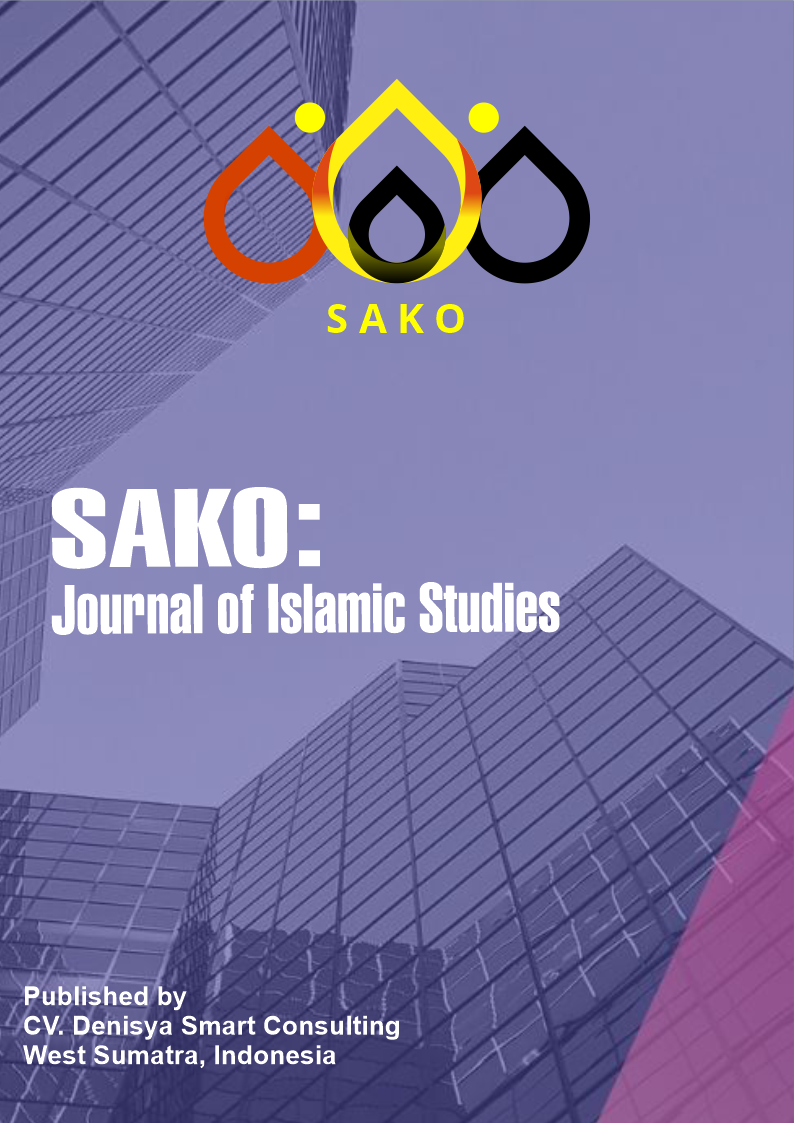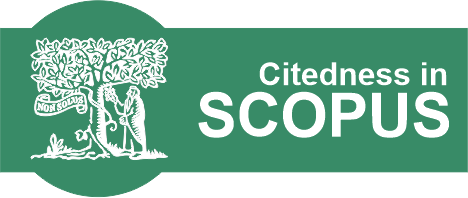Analysis of Multiple Choice Questions Using Classical Measurement Theory in the End of Year Assessment (PAT) of PAI and BP Class VIII Subjects at SMPN 2 Kuantan Mudik
Keywords:
question items, classic measurements, multiple choiceAbstract
This study is motivated by the fact that 50% of eighth-grade students at SMPN 2 Kuantan Mudik did not meet the Minimum Competency Criteria (KKM) in the final assessment of the PAI and BP subjects. The aim of this research is to evaluate the quality and follow-up actions for the test items, analyzed using classical test theory. This research employs a mixed-method approach, combining both qualitative and quantitative methods. The sample consists of 44 students using a total sampling technique. Data collection was carried out through documentation, and data analysis used techniques applied to the final assessment (PAT) instrument. The results of this study show that, based on content validity, 94.6% of the test items met the material aspect criteria, 97.6% met the construction aspect criteria, and 100% met the language aspect criteria. An analysis of the cognitive level of the questions shows that 18 questions were categorized as C1 (Remembering), 23 questions as C2 (Understanding), 3 questions as C3 (Applying), and 6 questions as C4 (Analyzing). Furthermore, based on classical test theory, it was found that the questions had an easy difficulty level, poor discriminating power, and low distractor effectiveness. Consequently, follow-up actions recommended include revising 34 questions and discarding and replacing 16 questions
References
Arifin, Zainal, Evaluasi Pembelajaran, Bandung: PT. Remaja Rosdakarya, 2013.
Arikunto, Suharsimi, Dasar Dasar Evaluasi Pendidikan Edisi Ketiga, Jakarta: Bumi Aksara, 2018.
Guspan dan Linovita, Guru Pendidikan Agama Islam di SMPN 2 Kuantan Mudik, wawancara (Bukit Kauman, 25 November 2023. Pukul 09.30 WIB).
Mania Sitti, Fitriani Nur, Ahmad Farham Majid, Nidya Nina Ichiana, dan Andi Ika Prasasti Abrar, Analisis Butir Soal Ujian Akhir Sekolah, [Al Asma?: Journal of Islamic Education Vol. 2 No. 2 Tahun 2020] hlm. 274-284.
Muchlizani, Nurul, dkk. “Analisis Kualitas Butir Soal Ujian Akhir Semester Mata Pelajaran Akidah Akhlak Kelas V MI Radhiatul Adawiyah Makassar,” [Jurnal Inspiratif Pendidikan Vol. XII, No. 1 Tahun 2023], hlm. 234.
Regeta, Neko Rossa, dkk, “Analisis Butir Soal Pilihan Ganda pada Materi PLSV dan PTLSV Siswa SMP Negeri 2 Wiradesa”, [Prosandika Vol. 4, No. 1 Tahun 2022], Hlm. 477
Saat, Sulaiman dan Sitti Mania, Pengantar Metodologi Penelitian Panduan Bagi Peneliti Pemula. Gowa: Pusaka Almaida, 2019.
Sudijono, Anas, Pengantar Evaluasi Pendidikan. Jakarta: PT Raja Grafindo Persada, 2015.
Sugiyono, Metode Penelitian Pendidikan (Kuantitatif, Kualitatif, Kombinasi, R&D dan Penelitian Pendidikan). Bandung: Alfabeta, 2019.
Prawiki, Suci Mitra dan Helendra, “Analisis Kualitas Soal Ujian Akhir Semester Ganjil Tahun Pelajaran 2020/2021 Mata Pelajaran Biologi Kelas X SMA Negeri 1 Teluk Sebong”, [Jurnal Biologi dan Pembelajarannya Vol. 17, No. 2 Tahun 2022], Hlm. 19.
Warju, dkk, “Analisis Kualitas Butir Soal Tipe HOTS pada Kompetensi Sistem Rem Siswa di Sekolah Menengah Kejuruan”, [Jurnal Pendidikan Teknologi dan Kejuruan Vol. 17, No. 1 Tahun 2020], Hlm. 98.
Downloads
Published
How to Cite
Issue
Section
License
Copyright (c) 2024 Umi Nasyrah, Bustanur Bustanur, Zulhaini Zulhaini

This work is licensed under a Creative Commons Attribution-ShareAlike 4.0 International License.











